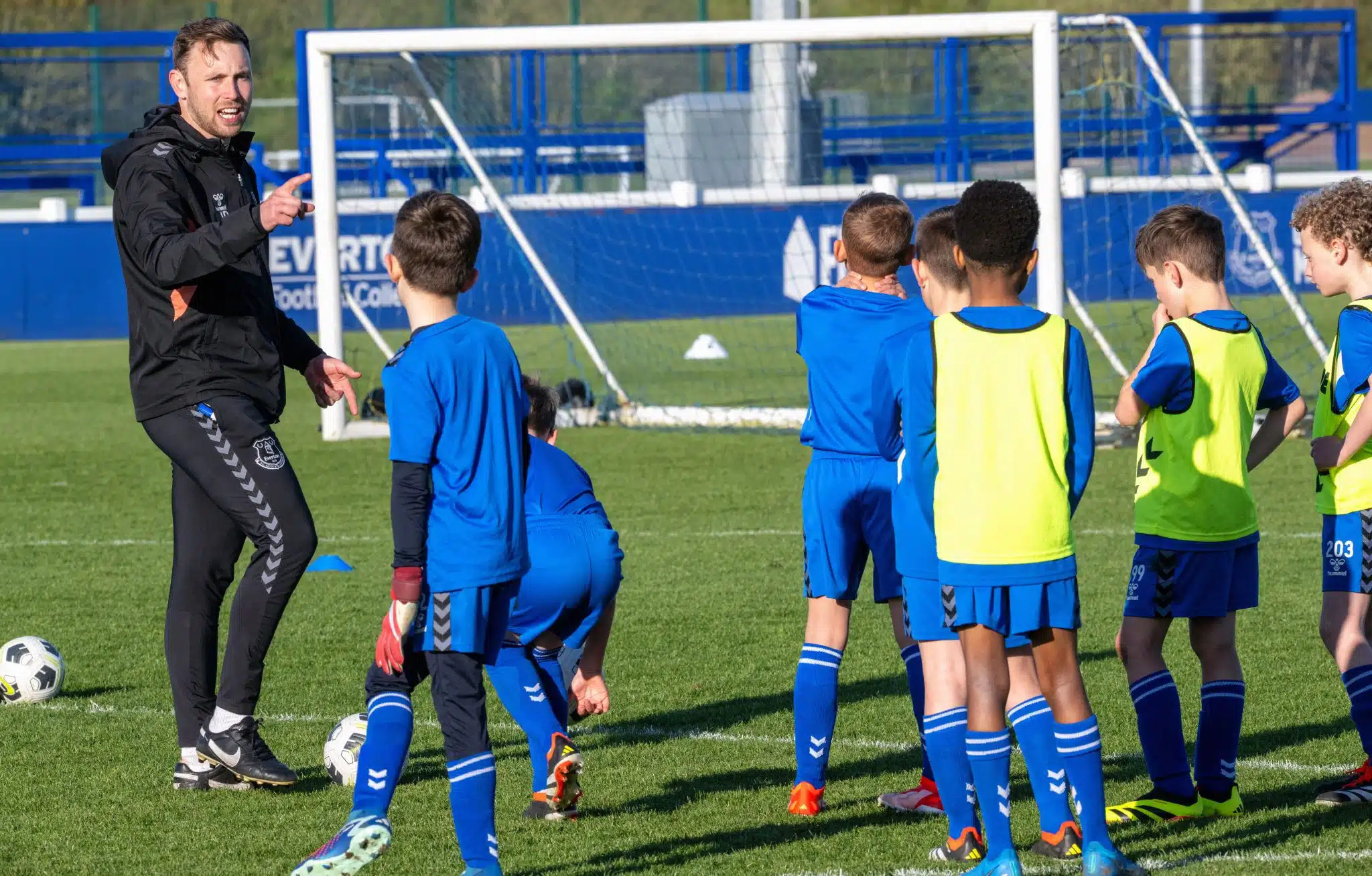Football is a game of space. While fans watch the ball, it’s the areas around it that influence the game’s flow. Effective football space control tactics allow teams to manipulate the game, create scoring chances, and stifle opponents.
Here’s how top teams use space strategically.
Why Space Control Matters in Football
In football, space isn’t just about physical area—it’s about creating options and limiting the opponent’s. When teams organize their shape well, they use space to both create and prevent scoring opportunities. This aspect of tactics isn’t always visible to casual fans, but it’s a fundamental part of winning.
Defensive Positioning: Compactness as a Shield
Defending often relies on reducing available space for attackers. Teams achieve this by staying compact, keeping defenders and midfielders close together. This formation narrows passing options and forces opponents to play wider, away from the goal. Teams with effective football space control tactics make it challenging for opponents to find gaps or easy shots on goal.

Offensive Play: Creating Space to Attack
On the attack, creating space is essential. Offensive players try to lure defenders out of position, opening channels for through-passes or shots. Tactics like “dragging” defenders wide or quick one-touch passes help disrupt defensive formations. By stretching the defense, attackers create gaps that midfielders and strikers can exploit.

The Midfield’s Role in Managing Space
Midfielders act as the link between defense and attack. By reading the game and moving into open spaces, they maintain possession and control the game’s pace. Skilled midfielders know when to drop back and support defenders or when to push forward and assist attackers. Their ability to find and move into “pockets of space” is crucial.

Adaptability: Shifting Tactics with Space
Top teams are adaptable. Some games call for a cautious, defensive approach, drawing the opponent in and then hitting on the counter. Other situations call for high pressing, where players push up to win the ball quickly. Recognizing when to protect or exploit space sets great teams apart from average ones.
Space and Tactical Flexibility
Football teams must also be tactically flexible in their approach to space. Sometimes it’s necessary to play more conservatively, drawing the opponent into pressing higher up the pitch. Other times, a team may play with more fluidity, maintaining a higher line and pushing forward aggressively. The ability to adapt to how space is used—and to recognize when space needs to be protected or opened up—is one of the hallmarks of great football teams.
For more insights into space control and tactics, visit CATAPULT.




